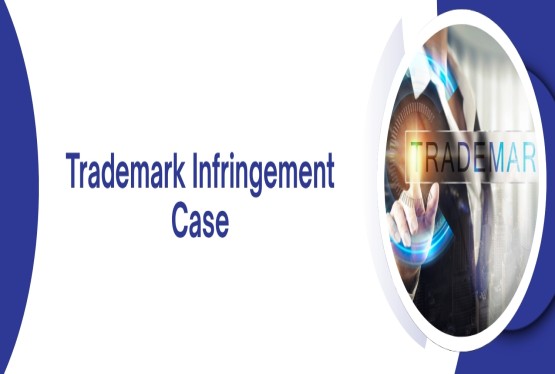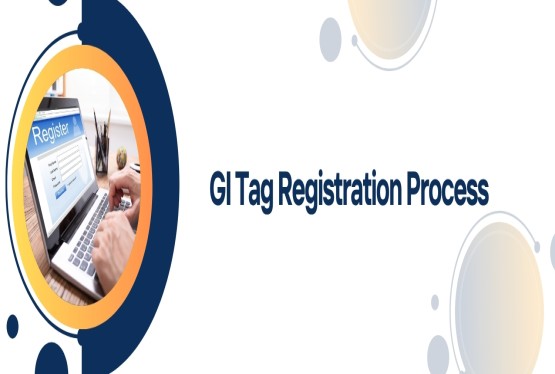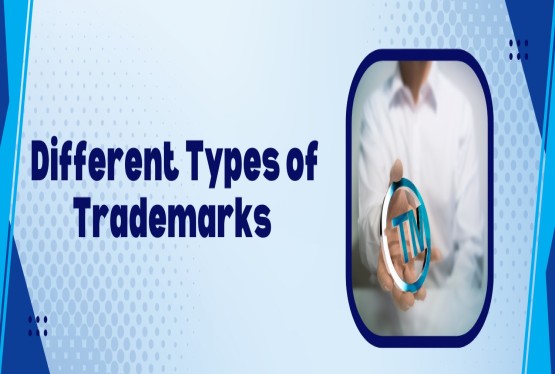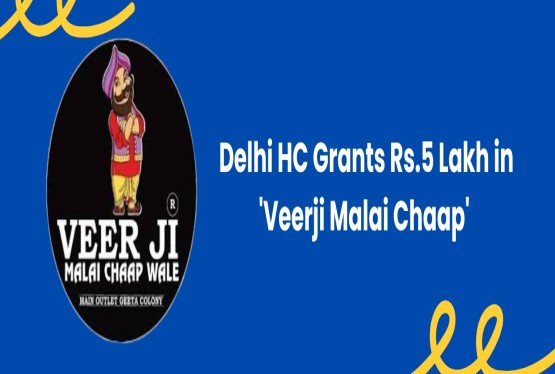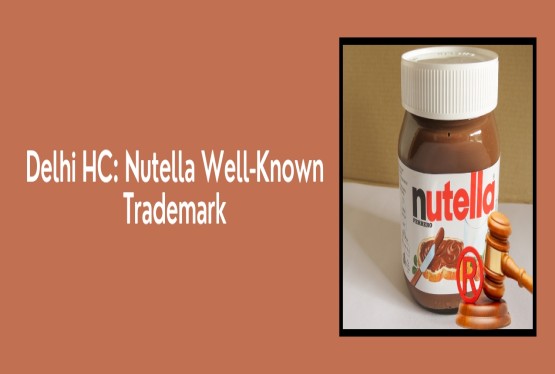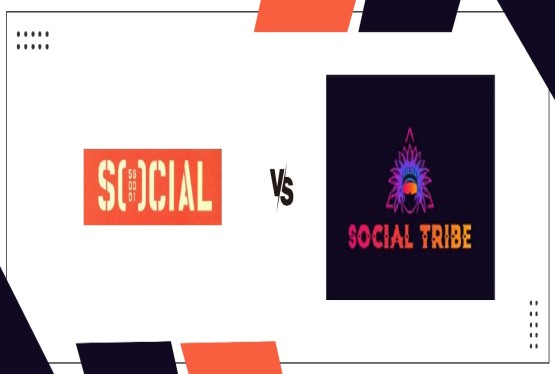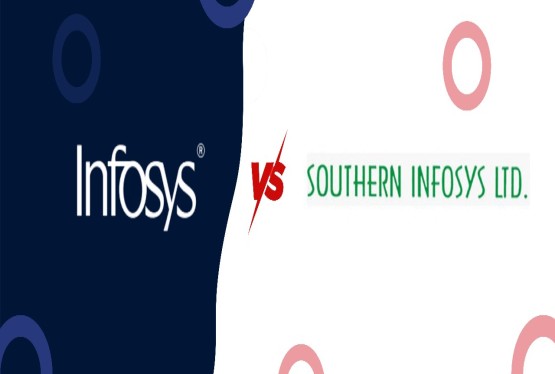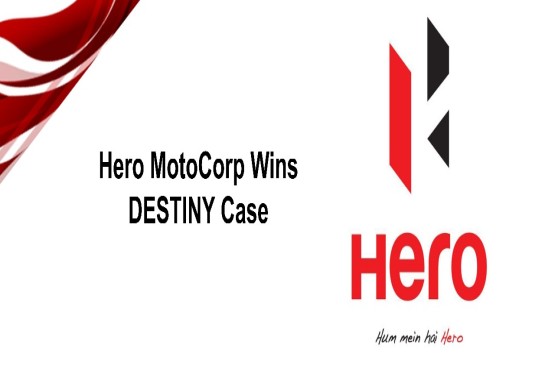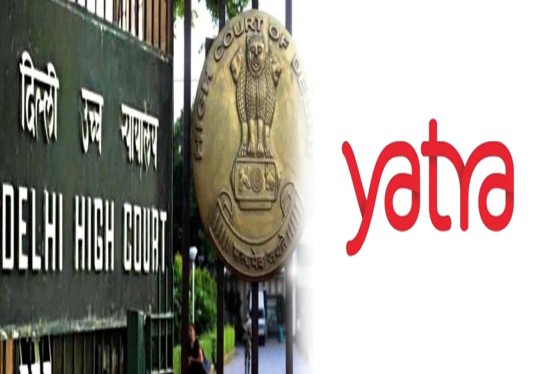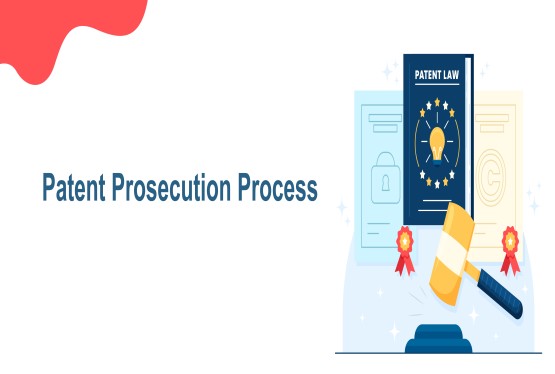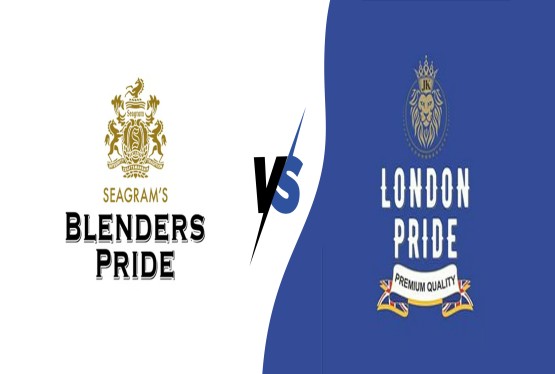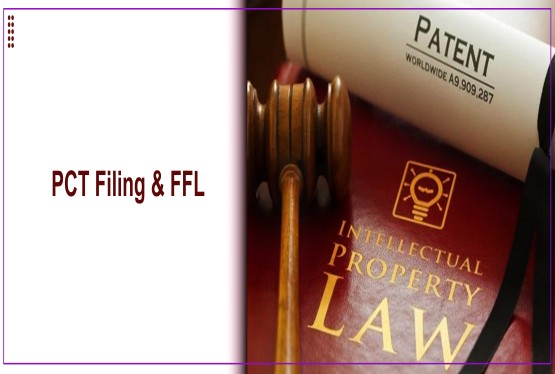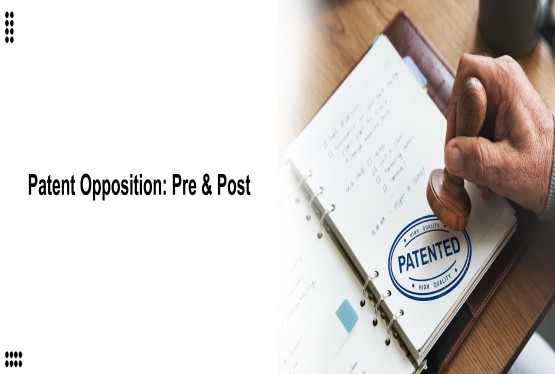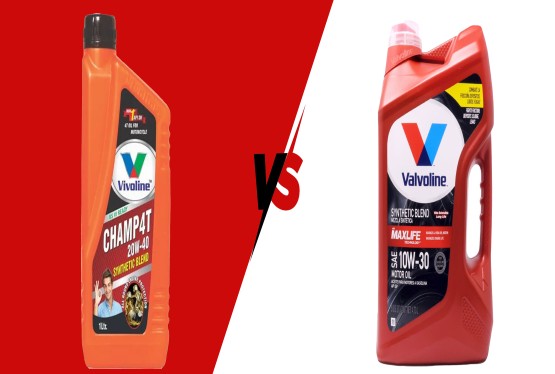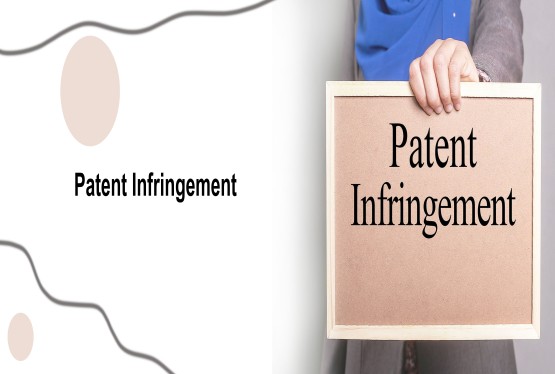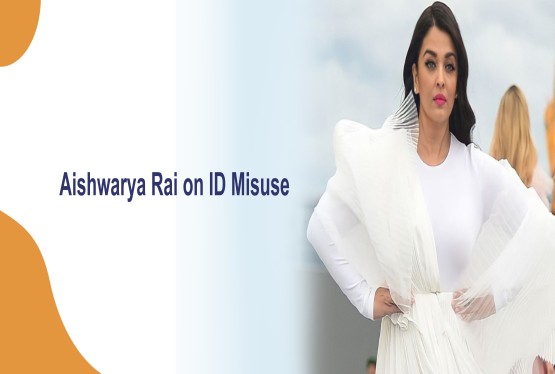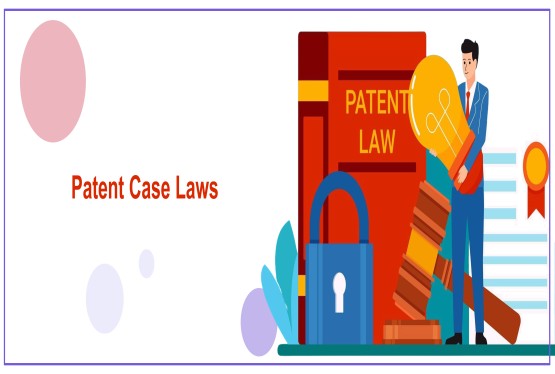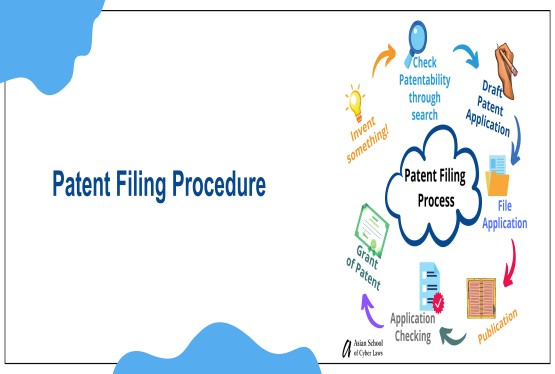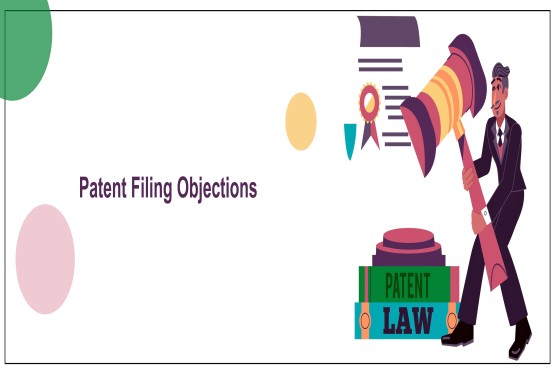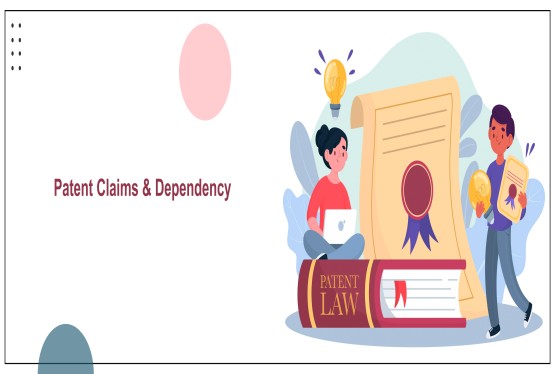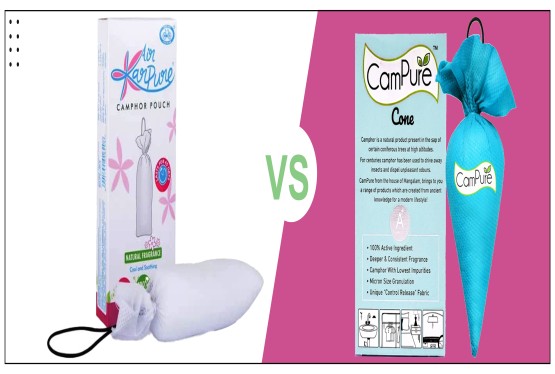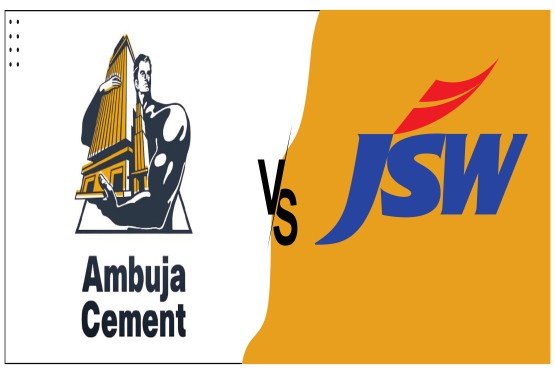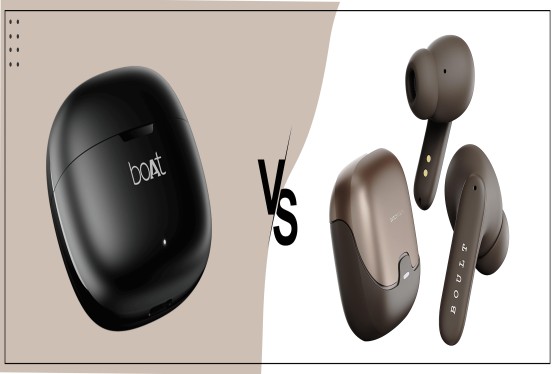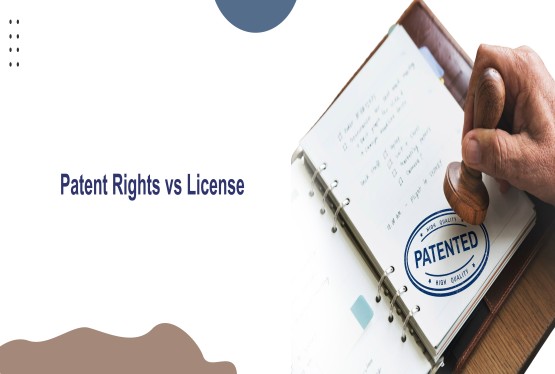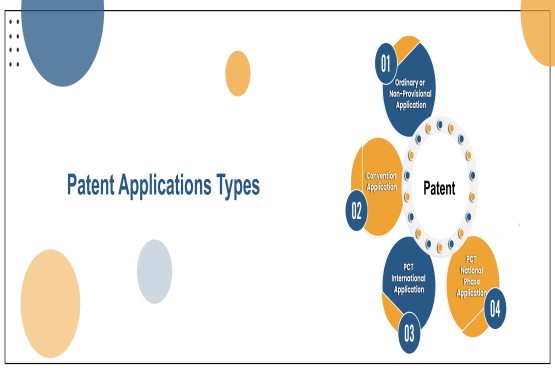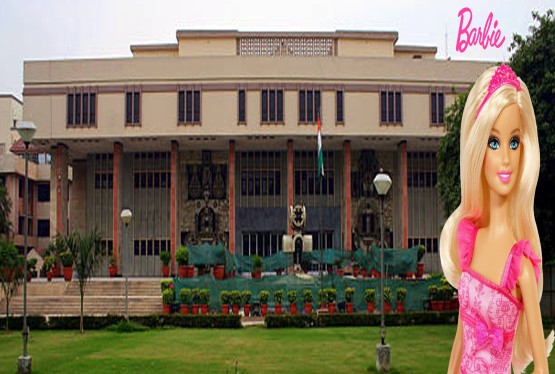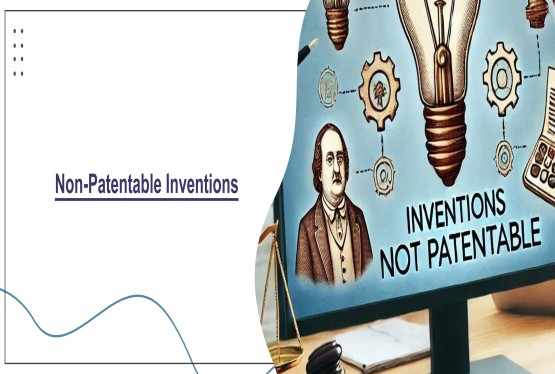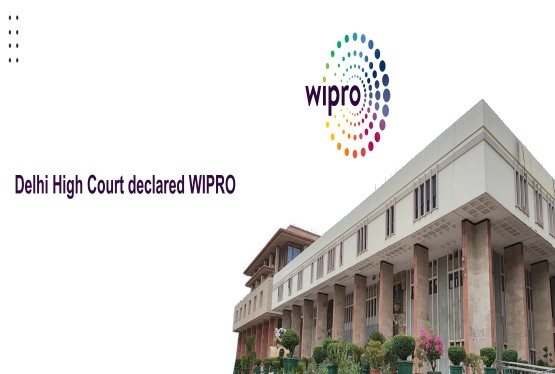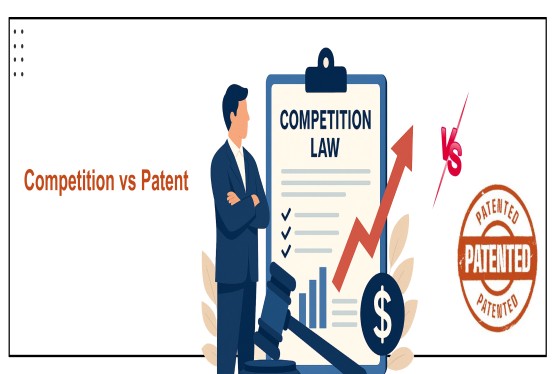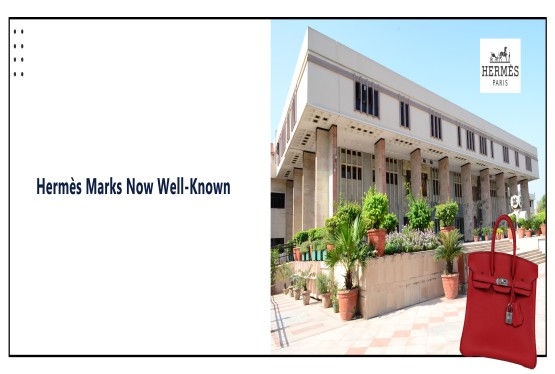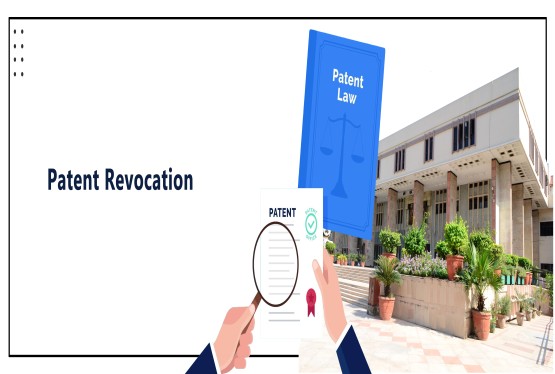The landmark case of Novartis AG v. Union of India is one of the most significant decisions in Indian patent law and global intellectual property jurisprudence. It addressed the delicate balance between patent protection for pharmaceutical innovations and public access to affordable medicines. The Supreme Court of India, in this case, rejected Novartis AG’s application for a patent on the beta-crystalline form of Imatinib Mesylate, a cancer-treating drug marketed as “Gleevec” or “Glivec”, on the grounds that it did not meet the requirements of “inventive step” and “enhanced efficacy” under Section 3(d) of the Indian Patents Act, 1970.
The ruling reaffirmed India’s commitment to preventing “evergreening”, the practice where pharmaceutical companies seek multiple patents on minor modifications of existing drugs to extend their monopoly, thereby prioritizing public health and access to essential medicines over commercial interests.
Learn more about Patent Registration.
Case Background
Petitioner: Novartis AG, a Swiss multinational pharmaceutical company.
Respondents: Union of India and others, including Indian generic drug manufacturers like Natco and Cipla.
Facts of the Case
Novartis developed Imatinib Mesylate, a breakthrough drug for treating chronic myeloid leukemia (CML). Initially, the free base form of Imatinib was discovered in the early 1990s and patented in many countries. Later, Novartis developed a new beta-crystalline form of the same compound, claiming it had better stability, bioavailability, and storage properties.
In 1998, Novartis filed a patent application in India for the beta-crystalline form. However, the Indian Patent Office (IPO) rejected the application in 2006, citing Section 3(d) of the Patents Act, which bars patentability for new forms of known substances unless they demonstrate enhanced therapeutic efficacy.
Legal Issues
-
Whether the beta-crystalline form of Imatinib Mesylate is an “invention” under Sections 2(1)(j) and 2(1)(ja) of the Patents Act.
-
Whether it satisfies the enhanced efficacy requirement under Section 3(d).
-
Whether Section 3(d) is compliant with TRIPS Agreement and constitutional principles.
Supreme Court’s Judgment (1 April 2013)
The Supreme Court dismissed Novartis’s appeal, holding that:
-
The beta-crystalline form was a new form of a known substance and lacked significant enhanced therapeutic efficacy.
-
Improvements in physio-chemical properties such as bioavailability and stability do not amount to enhanced efficacy under Section 3(d).
-
The legislative intent behind Section 3(d) is to prevent evergreening and ensure access to affordable medicines, which is consistent with India’s constitutional duty to protect public health and TRIPS flexibilities.
Conclusion
The Novartis judgment is a watershed moment in Indian intellectual property law. It firmly established that incremental modifications of existing drugs cannot be patented unless they show a significant therapeutic advantage. By rejecting the patent on the beta-crystalline form of Imatinib Mesylate, the Supreme Court strengthened the safeguards against evergreening and upheld the balance between innovation and public interest. The decision also reinforced India’s position as the “pharmacy of the developing world”, ensuring continued access to affordable generic medicines for millions of patients globally. Moreover, it sets a precedent for interpreting patent laws with a public-health-centric approach, influencing patent jurisprudence in other developing nations.
FAQs
Q1. What is the significance of Section 3(d) in the Novartis case?
Ans. Section 3(d) of the Indian Patents Act prohibits patents for new forms of known substances unless they significantly enhance therapeutic efficacy. The Supreme Court used this provision to deny Novartis’s patent, emphasizing that minor improvements like increased bioavailability do not meet this threshold.
Q2. Why did the Supreme Court reject Novartis’s patent application?
Ans. The Court held that the beta-crystalline form of Imatinib Mesylate did not demonstrate enhanced therapeutic efficacy compared to the known substance. Therefore, it was not considered a patentable invention under Section 3(d).
Q3. How did this judgment affect generic drug manufacturers in India?
Ans. The judgment was a major victory for generic manufacturers, as it allowed them to continue producing affordable versions of Imatinib Mesylate, ensuring that life-saving cancer treatments remained accessible to patients in India and developing countries.
Q4. Did the Supreme Court’s decision violate the TRIPS Agreement?
Ans. No. The Court clarified that India’s patent laws, including Section 3(d), are TRIPS-compliant. The TRIPS Agreement allows member countries to set their own patentability standards, and India’s emphasis on public health and anti-evergreening is consistent with its obligations.
Q5. What broader impact did this case have on pharmaceutical patent law?
Ans. The Novartis case set a global precedent on how patent law should balance innovation incentives with public health needs. It influenced patent regimes in several developing countries and strengthened India’s reputation as a leader in pro-access, pro-health IP policies.

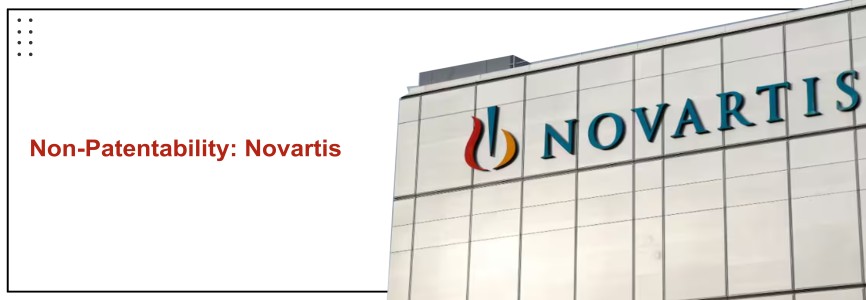




























_(b)_of_the_Trademark_Act,_1999_(1)_crop10_thumb.jpg)



_crop10_thumb.jpg)




























_crop10_thumb.jpg)
_crop10_thumb.jpg)






_crop10_thumb.jpg)








_crop10_thumb.jpg)



_crop10_thumb.jpg)





























_crop10_thumb.jpg)

















_crop10_thumb.jpg)






_crop10_thumb.jpg)












































































































































_crop10_thumb.jpg)




































_crop10_thumb.jpg)












_crop10_thumb.jpg)













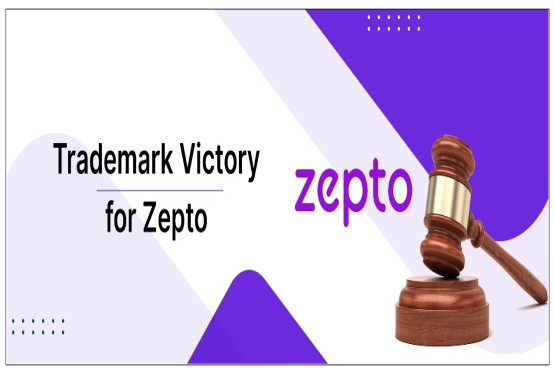

































_crop10_thumb.jpg)






